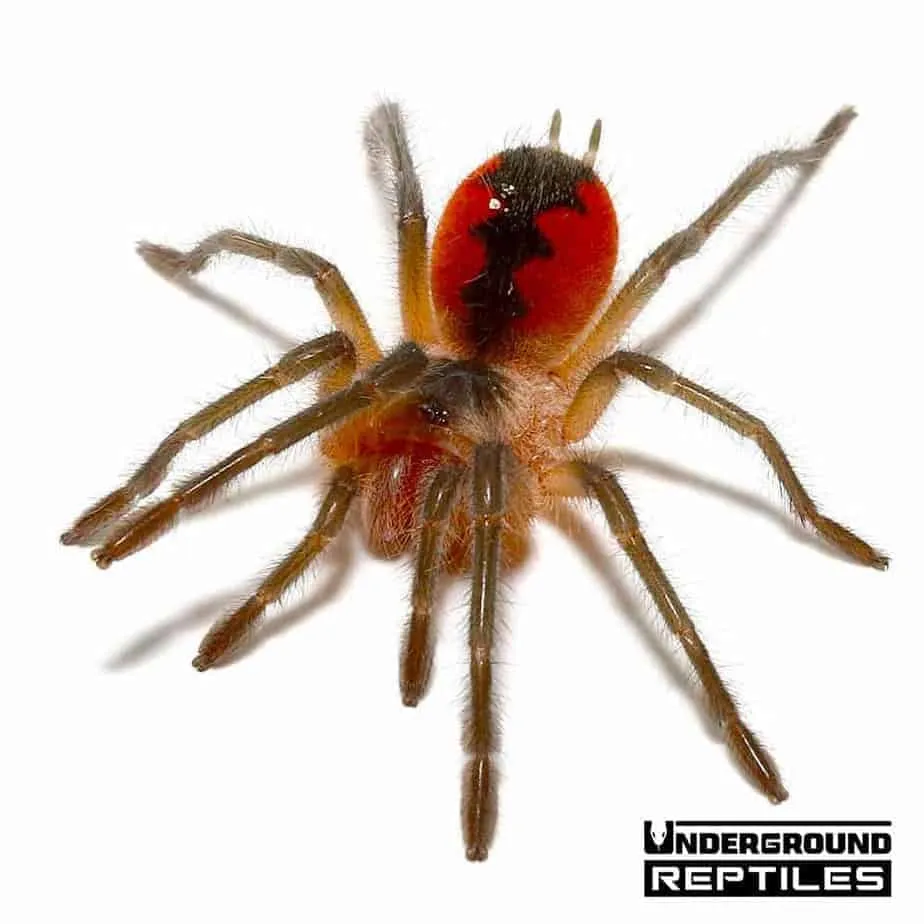Understanding Birdeater Tarantulas
The birdeater tarantula, belonging to the Theraphosidae family, is one of the largest spiders in the world, captivating enthusiasts with their size and unique characteristics. These impressive arachnids, native to the rainforests of South America, are known for their docile nature, making them a popular choice for experienced tarantula keepers. Understanding their natural environment and behaviors is crucial for providing them with the best possible care. These spiders, while impressive, require specialized care to thrive in a captive environment, focusing on replicating their natural habitat to ensure their well-being. Knowing about their origins can allow us to understand their requirements, from habitat to diet.
Origin and Habitat
Birdeater tarantulas are primarily found in the tropical rainforests of South America, including countries like Brazil, Guyana, and Suriname. They inhabit the forest floor, where they create burrows or utilize natural shelters like logs and leaf litter. The humid and warm climate of these regions is essential for their survival, as it influences their behavior, molting cycles, and overall health. Their natural environment provides them with a diverse range of food sources, primarily insects and small vertebrates, and a constant supply of moisture, factors you’ll need to take into consideration when preparing their enclosure. Replicating these conditions as closely as possible is key to the long-term health and happiness of your pet.
Appearance and Characteristics
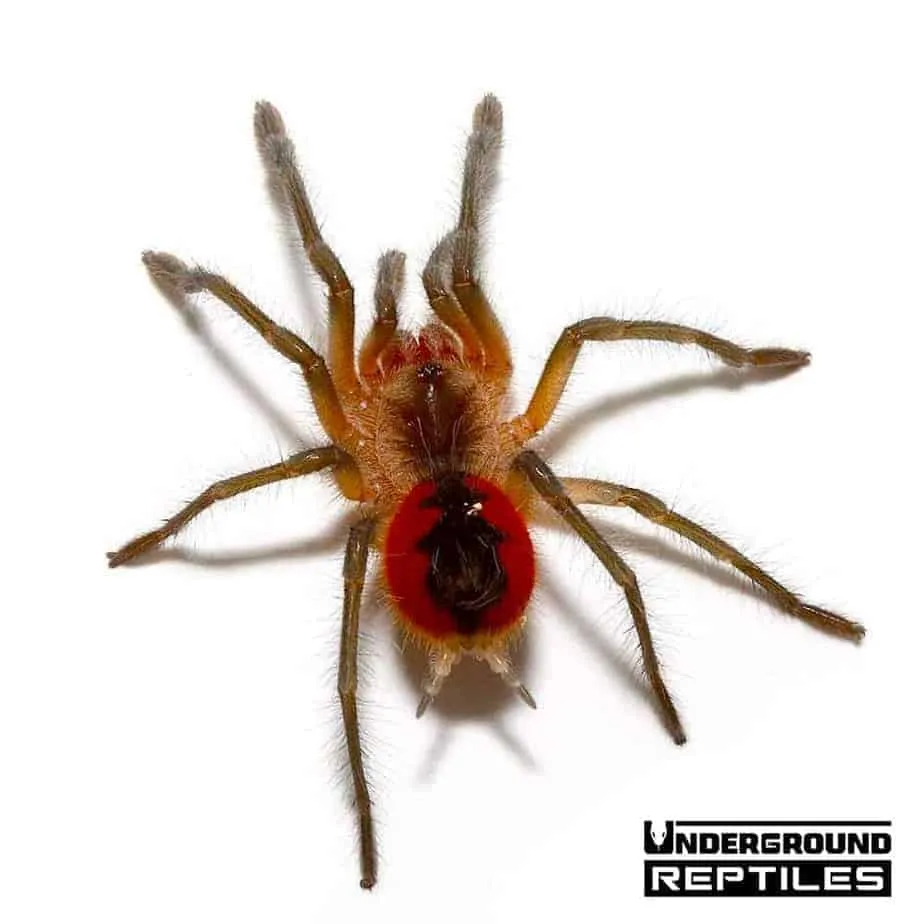
These spiders are famous for their impressive size, with a leg span that can reach up to 10 inches or more. They are typically dark in color, ranging from shades of brown to black, with some species displaying reddish or iridescent hues on their setae (hairs). Their bodies are covered in urticating hairs, which they can flick off their abdomen as a defense mechanism, causing irritation to potential predators. While they possess potent venom, their bite is not considered lethal to humans but can be quite painful. Their overall appearance reflects their size and predatory nature, and is part of what makes them so captivating to owners. It’s important to understand that while they can be kept as pets, they are still wild animals and deserve to be treated with respect and caution.
Setting Up the Perfect Enclosure
Creating the right habitat is critical for the health and well-being of your birdeater tarantula. A well-designed enclosure should mimic their natural environment, providing the necessary space, temperature, humidity, and hiding places. Choosing the right setup can make a significant difference in the overall experience of owning this pet. It’s essential to consider the specific needs of the species and the size of the spider when setting up the enclosure. A properly set up enclosure will help reduce stress, promote healthy molting, and encourage natural behaviors. The right environment will also make it easier for you to observe and enjoy your pet, and to ensure they’re thriving.
Enclosure Size and Type
The size of the enclosure depends on the size of the tarantula. A juvenile birdeater tarantula can thrive in a 10-gallon tank, while a full-grown adult will need a 20-gallon or larger enclosure. The enclosure should be made of glass or clear plastic to allow for easy viewing. It should have a secure, well-ventilated lid to prevent escapes and maintain appropriate humidity levels. Ensure the enclosure is escape-proof because these spiders are skilled climbers. The enclosure must provide adequate space for the spider to move around, burrow, and establish a territory, all of which are essential for their psychological well-being.
Substrate and Decorations
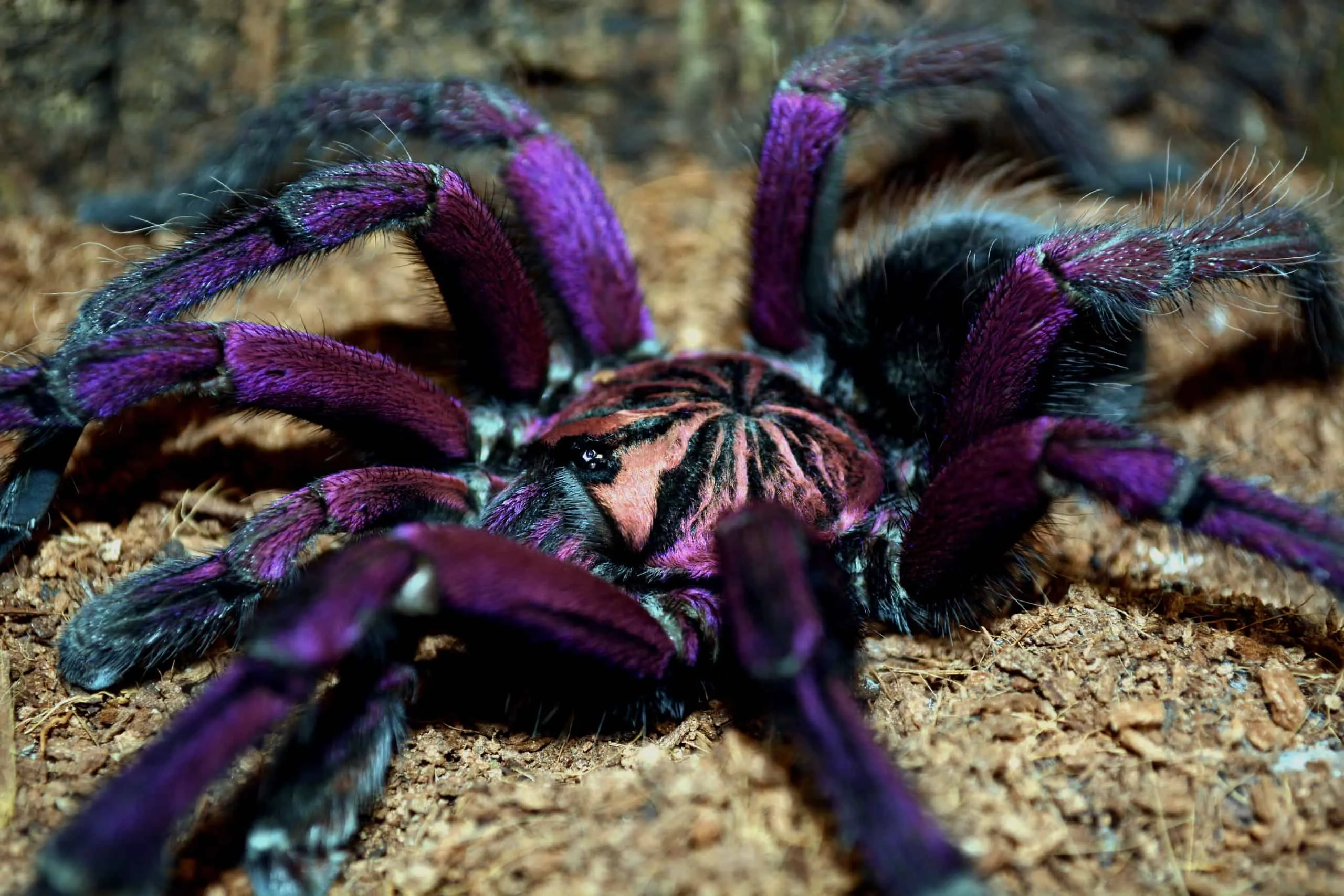
The substrate is the bedding material that lines the bottom of the enclosure and plays a vital role in maintaining humidity and providing a burrowing environment. A mix of peat moss, coconut fiber, and vermiculite is ideal for creating a naturalistic and moisture-retaining substrate. The substrate should be deep enough (at least 4-6 inches) to allow the tarantula to burrow if it desires. Decorations like cork bark, artificial plants, and sturdy hides provide hiding places and enrichment. Avoid sharp objects that could injure the tarantula during molting. Arrange the decorations thoughtfully to create a visually appealing and stimulating environment for your pet.
Temperature and Humidity
Birdeater tarantulas thrive in a warm and humid environment. Maintain a temperature range of 75-85°F (24-29°C) using a heat lamp or under-tank heater. Monitor the temperature with a reliable thermometer. Humidity levels should be between 70-80%, which can be achieved by misting the enclosure with dechlorinated water once or twice a week. Use a hygrometer to monitor the humidity levels. Good ventilation is also important to prevent mold growth. Ensure proper airflow within the enclosure to maintain a healthy environment. Regular monitoring and adjustments are critical to ensure your tarantula’s well-being.
Feeding Your Birdeater Tarantula
Providing the correct diet is vital for the health and growth of your birdeater tarantula. Their diet should consist primarily of insects, supplemented occasionally with small vertebrates. The feeding frequency and the size of the prey should be adjusted based on the tarantula’s age and size. A well-nourished tarantula is more likely to molt successfully and remain healthy. It’s a fundamental aspect of their care. Ensuring they get the right nutrition is an essential element to the health and happiness of your pet, and one you shouldn’t overlook.
What to Feed
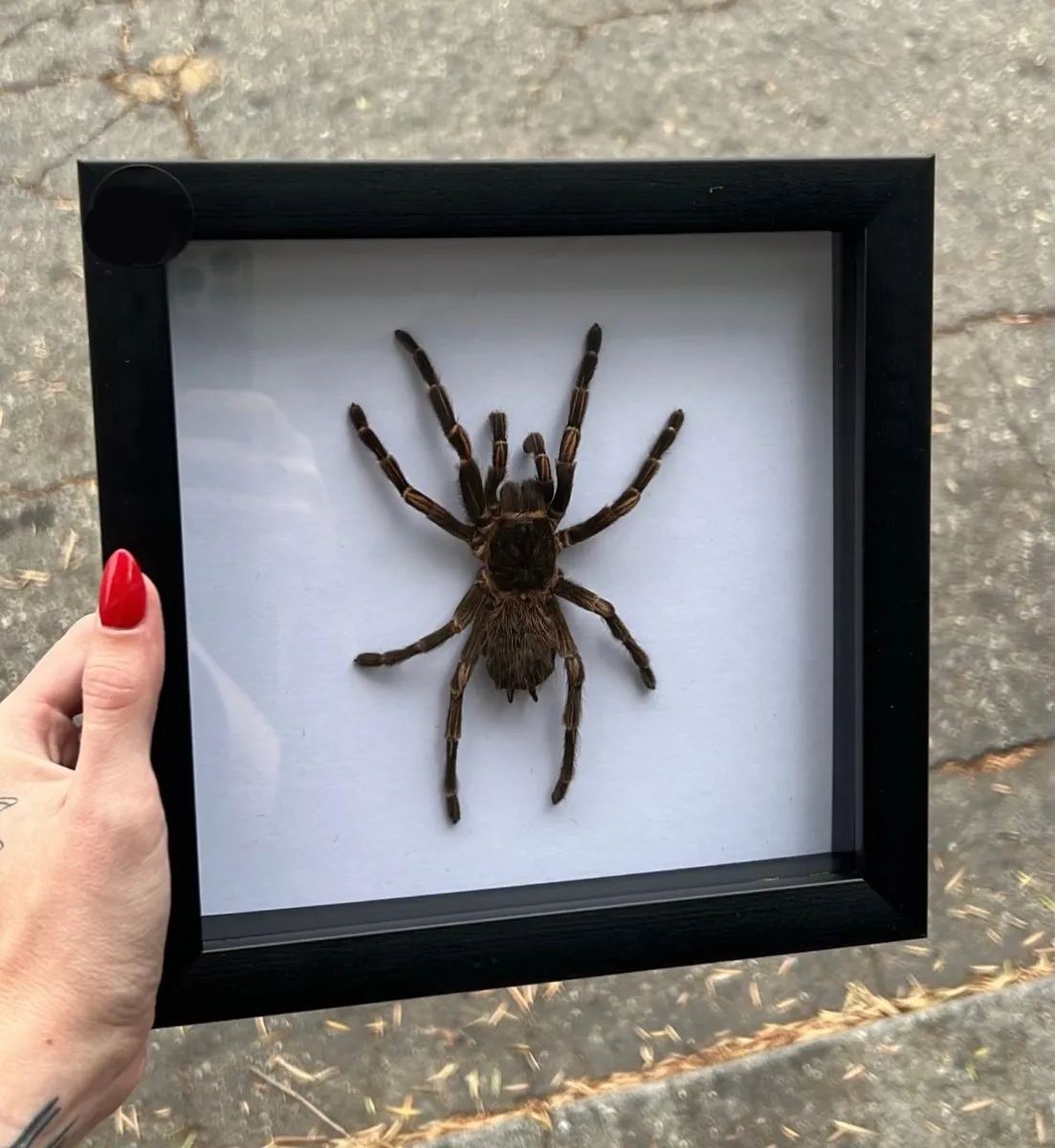
The primary diet for birdeater tarantulas should consist of live insects, such as crickets, mealworms, cockroaches, and earthworms. The size of the prey should be appropriate for the size of the tarantula; the insect should be no larger than the tarantula’s body. You can also occasionally offer small vertebrates like pinky mice for adult tarantulas, but these should be offered sparingly, as they are high in protein and fat. Always ensure that the prey insects are gut-loaded with nutritious food before feeding them to your tarantula, which ensures that your tarantula receives the best possible nutrition.
Feeding Frequency
Feeding frequency varies depending on the tarantula’s age and growth stage. Spiderlings should be fed 2-3 times a week, while juveniles can be fed once or twice a week. Adult birdeater tarantulas can be fed every 1-2 weeks, or even less frequently, as they can go for extended periods without food. Monitor your tarantula’s body condition; a well-fed tarantula will have a plump abdomen, while a thin abdomen may indicate underfeeding. Always remove any uneaten prey within 24 hours to prevent stress and potential harm to your tarantula.
Watering and Hydration
Water is essential for all living creatures, including tarantulas. Provide a shallow water dish with clean, dechlorinated water at all times. The water dish should be shallow enough to prevent the tarantula from drowning. Regularly check the water dish and refill it as needed, and clean it thoroughly to prevent bacterial growth. You can also mist the enclosure with water, especially during molting, to increase humidity levels. Always make sure that the water source is clean and accessible. Hydration is vital to your tarantula’s well-being. The right water source will allow for the best molting process.
Handling and Safety
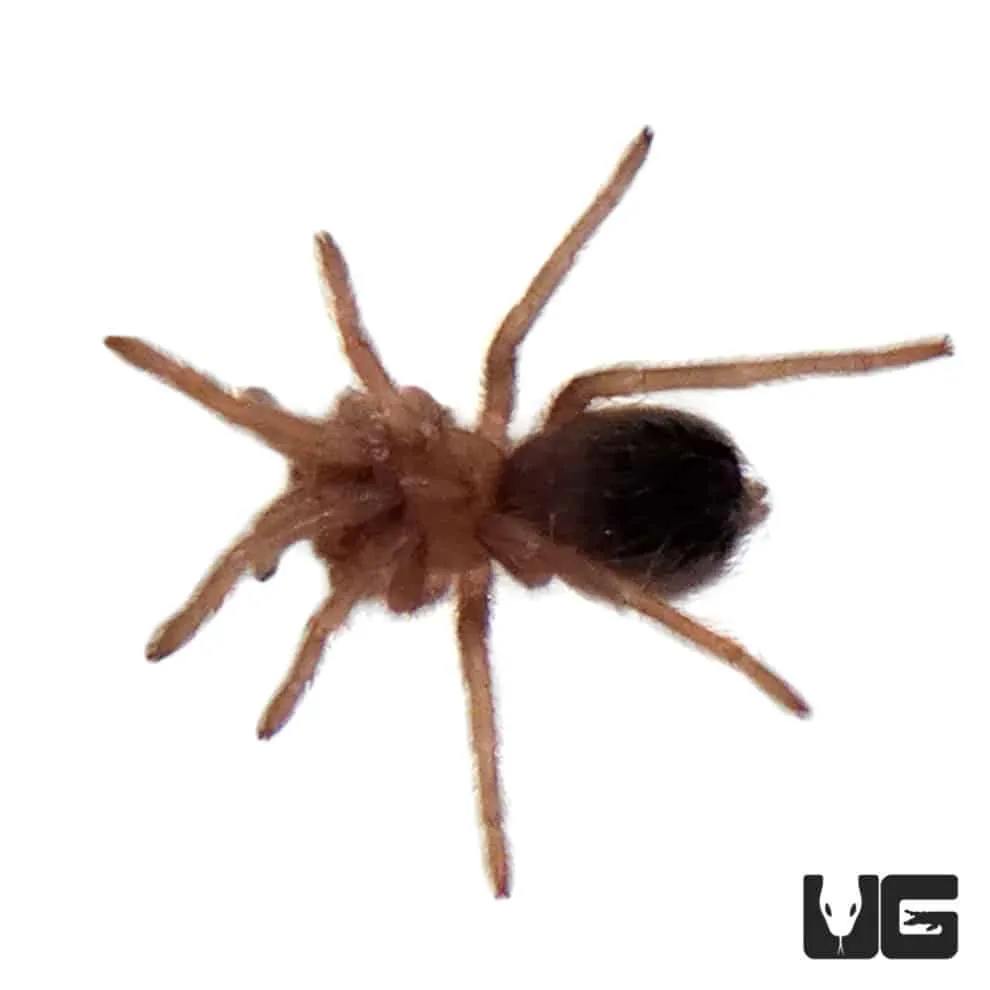
While birdeater tarantulas are generally docile, it’s important to handle them with care and respect. Proper handling techniques and an understanding of their behavior are essential for both the safety of the tarantula and the handler. Always remember these are wild animals, and can be unpredictable. Handling should be kept to a minimum and only done when necessary. Understanding the safety protocols is critical to a safe and enjoyable experience.
Safe Handling Practices
If you need to handle your birdeater tarantula, do so with extreme caution. Wash your hands thoroughly before and after handling to avoid transferring any substances. Handle the tarantula close to the ground or over a soft surface to minimize the risk of injury if it falls. Avoid sudden movements or loud noises that could startle the spider. Gently encourage the tarantula to walk onto your hand instead of grabbing it. Never force the tarantula to move and always be aware of its surroundings. It’s recommended to wear gloves to prevent potential irritation from urticating hairs.
Recognizing Stress Signals
Tarantulas display certain behaviors that indicate stress or discomfort. If your tarantula is flicking its urticating hairs, raising its front legs in a defensive posture, or attempting to escape, it is likely stressed. Other signs of stress include loss of appetite, lethargy, or a change in their normal behavior. If you notice these signs, immediately stop handling the tarantula and allow it to retreat back into its enclosure. Review the enclosure conditions to identify and resolve any potential stressors. Minimize handling and provide a secure and comfortable environment.
Common Health Issues and Prevention
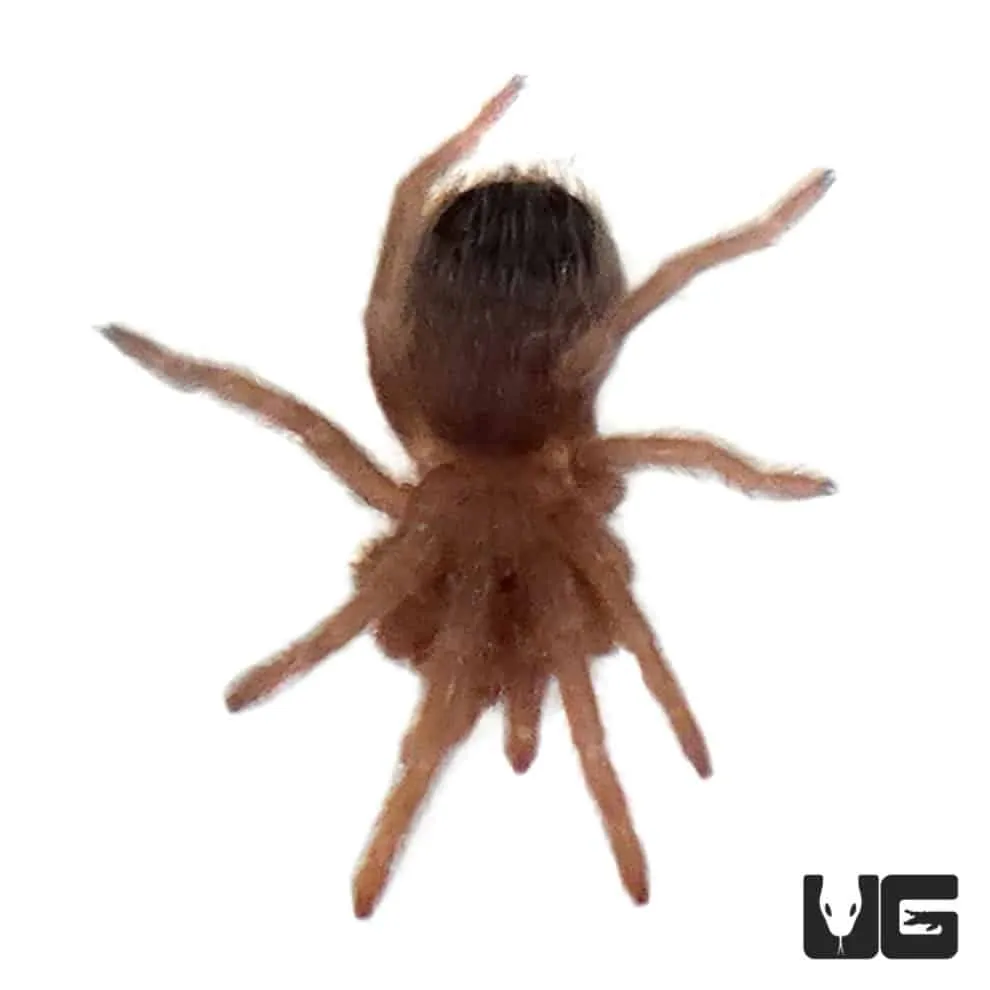
Tarantulas, like all pets, can experience health problems. The most common health issues are usually preventable with proper care. Recognizing the signs of illness and acting promptly can greatly improve the chances of a positive outcome. Preventive care, along with a clean and well-maintained environment, is crucial for keeping your pet healthy. Keeping a close eye on your tarantula is always recommended; and the more time you invest, the healthier your pet will be.
Moulting and Its Importance
Moulting, or shedding their exoskeleton, is a natural process of growth for tarantulas. During this process, the tarantula becomes vulnerable, so providing a stress-free environment is very important. Before molting, the tarantula may become lethargic and stop eating. The process can take several hours or even days to complete. Do not disturb your tarantula during molting. After molting, the tarantula will have a soft exoskeleton and should not be handled until its exoskeleton hardens, which can take up to a week. Providing adequate humidity during the molting period is very important.
Recognizing and Addressing Problems
Some common health issues include mites, fungal infections, and injuries. Mites can be introduced through contaminated substrate or prey. Inspect your tarantula regularly for signs of mites and isolate the affected tarantula if necessary. Fungal infections can occur in humid environments. Maintain a clean enclosure and ensure good ventilation to prevent fungal growth. Injuries can occur during handling or from falls. If your tarantula is injured, seek advice from a veterinarian who is experienced with exotic animals. In all cases, early detection and treatment are essential.
Breeding Birdeater Tarantulas
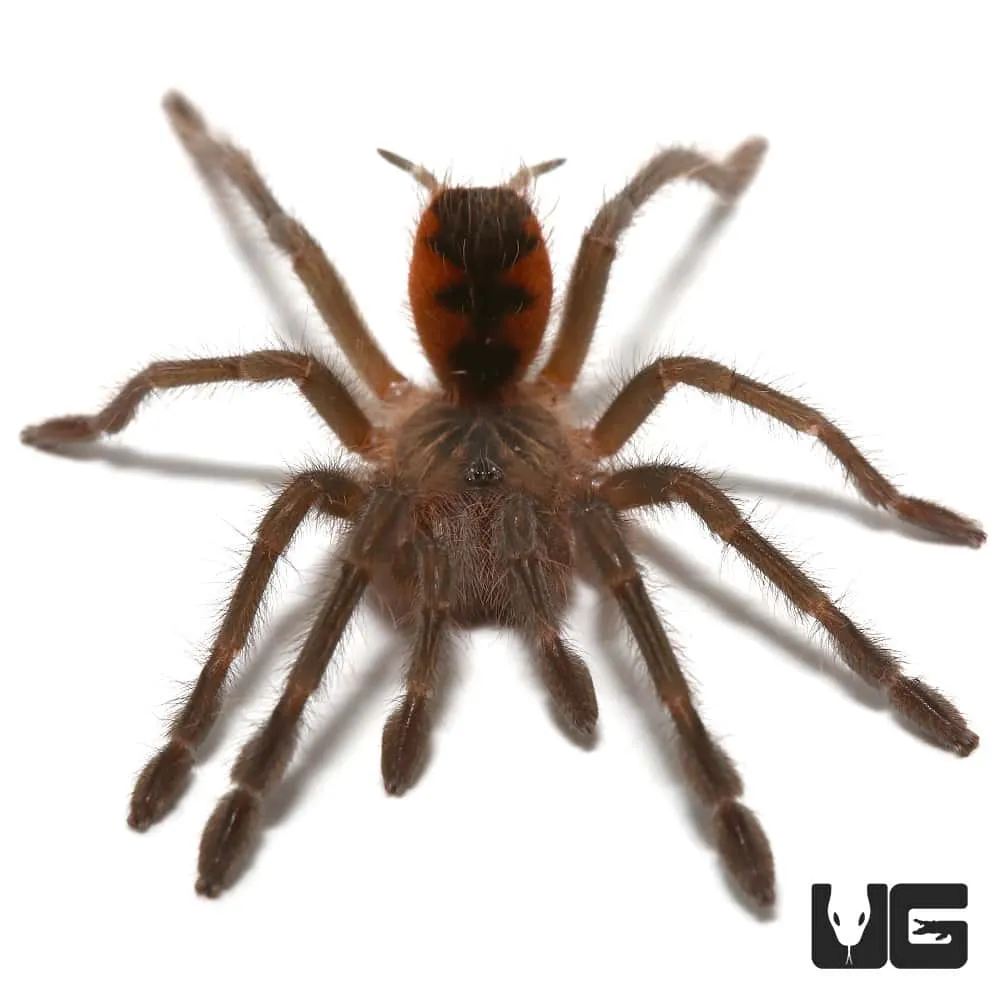
Breeding birdeater tarantulas is a rewarding but complex process that requires careful planning and preparation. It is crucial to have a thorough understanding of the species’ requirements and behaviors before attempting to breed them. Breeding these spiders is usually done by experienced keepers because of the many factors to consider. This involves the right environment, proper timing, and careful monitoring of the entire process. The effort can be rewarding, as it contributes to the conservation and proliferation of these remarkable creatures.
Sexing Your Tarantula
Determining the sex of your tarantula is crucial for breeding. The most common method is to examine the shed exoskeleton after molting. Female tarantulas have a spermatheca, a pouch-like structure located between their book lungs, while males do not. You can also examine the pedipalps (small leg-like appendages near the mouth) of adult males, which will have small hooks used for mating. Sexing your tarantula takes practice and a keen eye. There are online resources available to help you with this task.
Mating and Egg Sacs
If you have successfully sexed your tarantulas, the next step is mating. Introduce the male tarantula to the female’s enclosure under careful supervision, as the female may be aggressive and attack the male. If the female is receptive, the mating process can begin, and the male will deposit sperm into the female’s spermatheca. After mating, the female will usually produce an egg sac containing hundreds of eggs. The female will protect and care for the egg sac until the spiderlings hatch, which can take several weeks or months. The female tarantula’s behaviors during and after mating needs to be taken into consideration during this process. Be prepared to provide a separate enclosure for the spiderlings once they hatch.
Final Thoughts and Resources
Caring for a birdeater tarantula can be a rewarding experience for any arachnid enthusiast. By providing the proper environment, diet, and care, you can ensure that your pet thrives. Remember to always research your chosen species thoroughly and be prepared to provide the care that it requires. The more you understand about your pet, the more you’ll enjoy the experience of owning it. With dedication and a commitment to learning, you can enjoy a long and fulfilling relationship with your pet. Always consult with experienced tarantula keepers or veterinarians for advice. There are many online resources available, including forums and educational websites.
